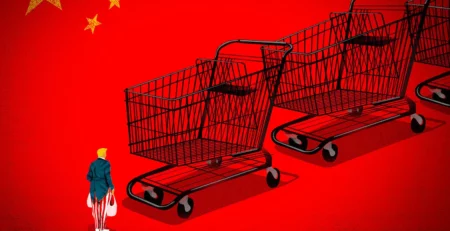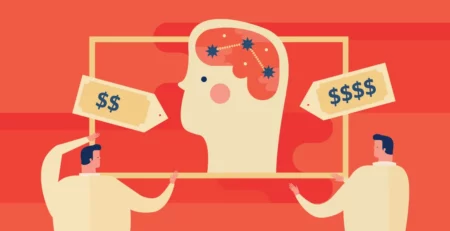In recent years, a new end-of-year tradition has captivated music lovers worldwide: Spotify Wrapped. This annual event has become a holiday staple, offering a personalized look back at users’ listening habits from the past year. With its engaging and visually appealing presentation, Spotify Wrapped highlights users’ favorite songs, artists, and genres, making it highly anticipated.
The popularity of Spotify Wrapped reflects its successful mix of personalization and social sharing. Each year, millions eagerly await their Wrapped summary to see their musical journey. They compare their tastes with friends and share their results on social media.
This viral campaign has turned Spotify Wrapped into a global cultural moment, boosting user engagement and brand visibility. In 2021, 120 million users accessed Spotify Wrapped and the numbers have been increasing every year proving that Spotify Wrapped’s success is not just luck. It’s the result of a well-executed marketing strategy that uses user data, social interaction, and innovative content.
As we delve into Spotify’s marketing techniques, it becomes clear that their ability to blend technology with personal connection has set a new benchmark for digital marketing.
Table of Contents
History of Spotify and Its Rise as a Company
Spotify was founded in 2006 by Daniel Ek and Martin Lorentzon in Sweden. They aimed to combat music piracy by offering a legal streaming service. In 2008, Spotify launched its first version in Europe. The service was free with ads, but users could pay for an ad-free experience.
Spotify quickly gained popularity. It offered a vast library of music and a user-friendly interface. By 2011, Spotify expanded to the United States. This was a significant milestone. They partnered with Facebook, allowing users to share music easily.
Spotify’s growth continued rapidly. They introduced features like personalized playlists. “Discover Weekly” and “Release Radar” used algorithms to suggest music. These features increased user engagement.
In 2015, Spotify introduced “Spotify Wrapped”. This annual feature provided users with a summary of their listening habits. It became a viral success. Users eagerly shared their Wrapped results on social media.

Spotify also invested in exclusive content. They secured deals with popular podcasts. The Joe Rogan Experience became exclusive to Spotify in 2020. This move attracted a large audience to the platform.
The company went public in 2018. Their initial public offering (IPO) was a direct listing. This was an unconventional approach. It demonstrated Spotify’s confidence in its business model.
Spotify continued to innovate. They introduced new features and improved the user experience. Integration with smart devices like Google Home and Amazon Alexa made Spotify more accessible.
How Spotify Markets Itself
Today, Spotify is a leader in the music streaming industry with over 600 million active users worldwide. Their success is built on innovation, user engagement, and strategic partnerships. Spotify’s journey from a small startup to a global giant is remarkable. Spotify uses a combination of marketing strategies, including:
Personalization and Data-Driven Marketing
Spotify excels in personalization, using data to tailor the user experience. It analyzes listening habits through advanced algorithms, enabling the platform to recommend music that resonates with each user. This approach ensures that users feel understood and catered to, fostering a strong connection between the platform and its audience.
One of the standout features of Spotify’s personalization strategy is its custom playlists. Playlists like “Discover Weekly” and “Release Radar” are crafted based on individual user preferences, introducing them to new music and artists they are likely to enjoy. This not only keeps users engaged but also encourages them to explore more of the platform’s offerings, increasing their overall time spent on Spotify.
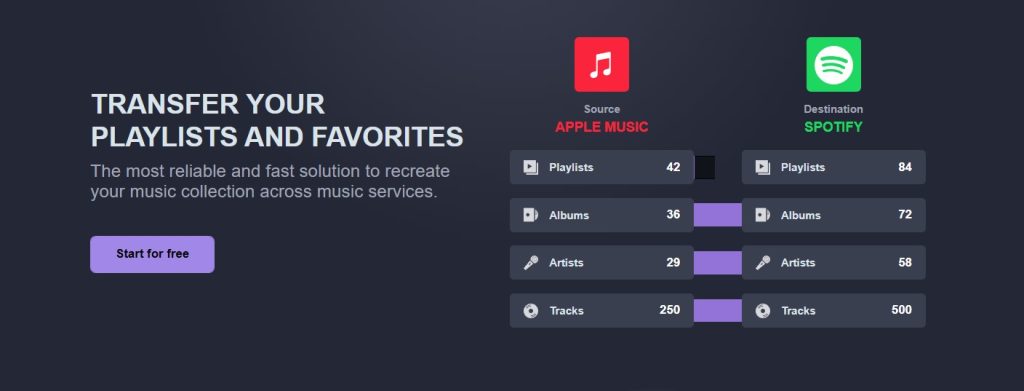
Spotify Wrapped is another brilliant example of data-driven marketing. Each year, Spotify provides users with a detailed summary of their listening habits, showcasing their favorite songs, artists, and genres. This personalized recap becomes a social media phenomenon as users eagerly share their Wrapped results, driving organic visibility and engagement for Spotify.
The foundation of Spotify’s success lies in its ability to collect and analyze vast amounts of user data. By understanding how and when users listen to music, Spotify can continually refine its recommendations and tailor its advertising to be more relevant. This data-centric approach ensures that Spotify remains a step ahead in delivering a superior user experience.
How To Implement This
To emulate Spotify’s success, it is crucial to understand the user base. Start by collecting and analyzing data on their preferences and behaviors. Use this information to improve your service, ensuring it aligns with what your users want and need.
Creating personalized experiences is another key takeaway. Offer recommendations and content that are tailored to individual tastes. This can significantly increase user satisfaction and retention, as users are more likely to engage with content that feels relevant to them.
Engaging users with data is also an effective strategy. Use the collected data to create interesting and interactive content. Summarizing user activity in a visually appealing and shareable format, much like Spotify Wrapped, can encourage users to share their experiences, thereby amplifying your brand’s reach.
Finally, innovation with algorithms is essential. Develop sophisticated algorithms to analyze user data and provide accurate recommendations. This not only enhances the user experience but also keeps users coming back, as they will trust your platform to continually offer content that meets their preferences.
Exclusive Content and Partnerships
Spotify has strategically invested in exclusive content and partnerships to distinguish itself from other music streaming services. These efforts have not only drawn in new users but also retained existing ones by providing unique, high-value offerings that are unavailable elsewhere.
One of Spotify’s most significant moves in this area has been its exclusive deals with popular podcasts. For instance, the platform secured an exclusive contract with “The Joe Rogan Experience” in 2020. Exclusive podcast content like this not only brings in dedicated listeners but also enhances Spotify’s reputation as a leading platform for diverse audio content.
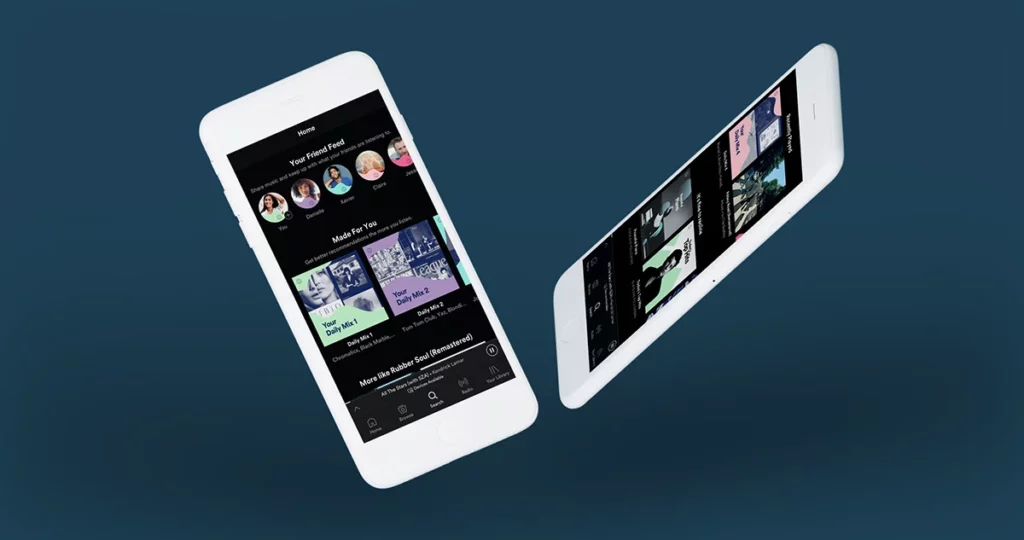
In addition to podcasts, Spotify has forged partnerships with artists and record labels to offer early releases and exclusive tracks. These partnerships give users access to music that they cannot find on other streaming services, providing a compelling reason to choose Spotify over competitors. Such exclusives can turn casual listeners into loyal subscribers who appreciate the added value of early access to their favorite artist’s latest works.
Spotify has also engaged in strategic partnerships with major brands and events. Collaborations with music festivals, such as Coachella and Lollapalooza, often include exclusive content or curated playlists that enhance the festival experience. These partnerships increase Spotify’s visibility among music enthusiasts and strengthen its brand association with live music events.
How To Implement This
To leverage the power of exclusive content and partnerships, start by identifying key opportunities in the industry. Look for influential figures, popular content creators, or major events that align with the brand’s values and audience interests. Form partnerships that allow you to offer something unique and highly desirable.
Securing exclusive content is a powerful way to attract and retain users. Consider investing in original content or exclusive deals that give your audience access to something they cannot find elsewhere. This could be special product releases, early access to new features, or unique content collaborations.
Collaborate with well-known brands or events to enhance your visibility. Joint promotions, co-branded content, or event sponsorships can introduce a brand to new audiences and create a buzz around your offerings. These partnerships should be mutually beneficial, providing value to both the brand and partners.
Lastly, communicate the exclusivity of your offerings clearly. Highlight what makes the content or partnership unique and why it is valuable to the audience. This can create a sense of urgency and excitement, encouraging users to engage more deeply with the brand.
Collaborative Playlists
Spotify’s collaborative playlists are a key feature that enhances user engagement and fosters a sense of community among its users. This functionality allows multiple users to add, remove, and reorder tracks in a shared playlist, making music a more interactive and social experience.
Collaborative playlists are particularly popular because they bring people together. Friends, family members, and even coworkers can contribute to a single playlist, creating a diverse mix of songs that reflect everyone’s tastes. This feature is perfect for group activities like road trips, parties, or even day-to-day listening, where everyone gets to have their musical preferences heard.

This interactive feature also serves as a powerful tool for social sharing. Users often share their collaborative playlists on social media platforms, inviting others to join in and contribute. This not only increases Spotify’s visibility but also promotes organic growth as more people get involved and start using the platform to stay connected through music.
Spotify has also leveraged collaborative playlists in marketing campaigns and partnerships. For instance, they have collaborated with brands to create unique, themed playlists that users can contribute to. These playlists often align with the brand’s image or a particular campaign, providing a fun and engaging way for users to interact with both Spotify and the partnering brand.
How To Implement This
To harness the power of collaborative features, businesses should look for ways to make their products or services more interactive. Here are some strategies to consider:
Create opportunities for users to contribute to shared projects or content. This could be through features that allow collaborative creation, such as shared documents, communal boards, or group projects. The key is to make the process intuitive and enjoyable.
Encourage users to share their collaborative efforts on social media. Implement easy-to-use sharing options that allow users to showcase their contributions and invite others to join. This helps in building a community around your brand and increasing its visibility.
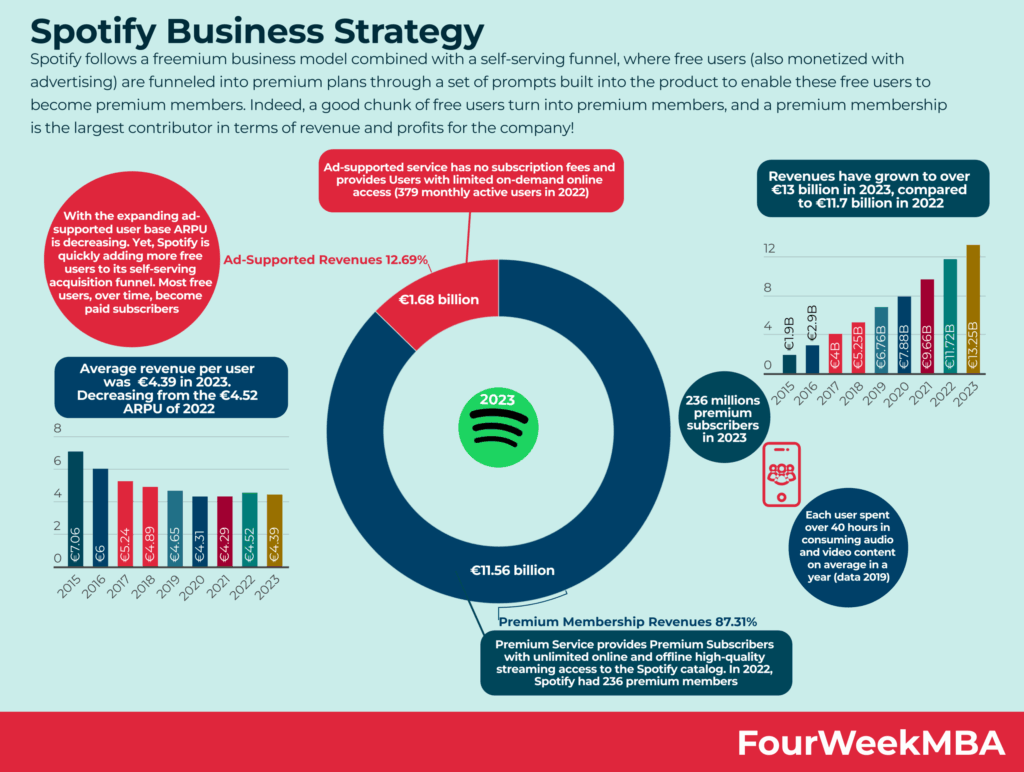
Use collaborative features in marketing campaigns and brand partnerships. Create themed projects or content that users can contribute to, making them feel part of a larger community effort. This can enhance engagement and create a buzz around the brand.
Highlight the collaborative efforts of your users. Showcase the best contributions or create spotlight features to celebrate user participation. This not only encourages more users to get involved but also strengthens the community aspect of your brand.
Strategic Partnerships and Sponsorships
Strategic partnerships play a crucial role in Spotify’s growth strategy, enabling the platform to enhance its offerings and reach a broader audience. These partnerships are carefully chosen to align with Spotify’s goals of expanding its content library, improving user experience, and increasing brand visibility.
One of Spotify’s key strategic partnership strategies involves collaborations with artists and record labels. These partnerships often result in exclusive releases or early access to new music. For example, Spotify has partnered with major artists like Taylor Swift and exclusive deals with labels like Universal Music Group, providing users with unique content they cannot find elsewhere.
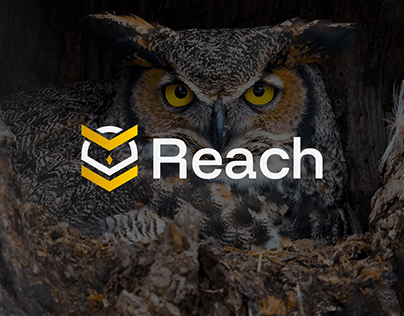
Spotify also collaborates with brands and events to create curated playlists and exclusive content. For instance, partnerships with music festivals like Coachella and brands like Nike have led to special playlists and promotional campaigns that resonate with Spotify’s audience and strengthen its brand presence in relevant cultural spaces.
Moreover, Spotify’s partnerships extend beyond the music industry. The platform integrates with various tech companies and devices, ensuring seamless accessibility through smart speakers, gaming consoles, and car audio systems. This integration enhances Spotify’s user experience and expands its reach across different platforms and devices.
How To Implement This
Look for partners whose strengths complement the brand’s offerings or fill gaps in the product/service lineup. Collaborate with content creators, artists, or tech companies that can enhance the value proposition and attract new customers.
Ensure that partnerships are mutually beneficial. Align goals and strategies to create value for both parties. This could include joint marketing efforts, co-branded content, or shared resources that amplify both brands’ visibility and impact.
Use partnerships to improve your product or service offerings. For example, integrate with popular platforms or devices to make your product more accessible and convenient for users. This can enhance user satisfaction and loyalty.
Be open to innovative partnership ideas. Experiment with new formats, content types, or distribution channels that leverage the strengths of both partners. This can lead to unique offerings that differentiate your brand in the market.
Take Your Marketing to the Next Level!
Spotify’s journey from a startup to a global leader in music streaming underscores the impact of innovative marketing and strategic thinking. Incorporating these tactics into your marketing strategy can help the business stand out in a crowded market. By focusing on personalization, engagement, exclusive content, and strategic partnerships, you can build a loyal customer base and drive sustainable growth.
At EvolveDash, we specialize in transforming marketing strategies into measurable results. From driving brand awareness to accelerating customer loyalty and boosting sales, we personalize our approach to help achieve your specific business objectives.
Ready to see what strategic marketing can do for your business? Let EvolveDash take your marketing to the next level with our expertise. Contact us today to get started!
FAQs
How did Spotify Wrapped become such a viral marketing success?
Spotify Wrapped’s success is rooted in its clever use of personalization, social sharing, and data-driven insights. By giving users a snapshot of their unique music journey, Wrapped taps into people’s love for self-expression and nostalgia, making it shareable on social media, which further boosts Spotify’s brand visibility.
What impact has Spotify Wrapped had on Spotify’s user engagement?
Spotify Wrapped has significantly increased user engagement, encouraging users to return to the platform to check their personalized summary. This annual tradition not only boosts active participation but also promotes word-of-mouth marketing as users share their Wrapped results with friends and on social media.
Can other businesses implement a marketing campaign like Spotify Wrapped?
Yes, other businesses can implement similar campaigns by using personalized data to create engaging, shareable content that resonates with their target audience. Like Spotify Wrapped, brands can create memorable experiences based on customer behavior and encourage social sharing to expand their reach.
What are the key lessons businesses can learn from Spotify Wrapped’s success?
Businesses can learn the importance of personalization, data usage, and creating shareable content. By delivering meaningful and customized experiences, companies can increase customer loyalty and engagement, while also leveraging social sharing to increase visibility and attract new customers.
















